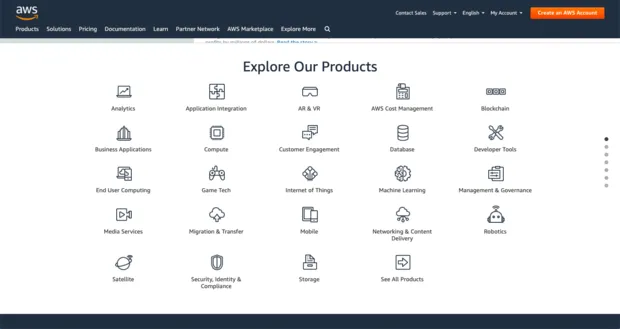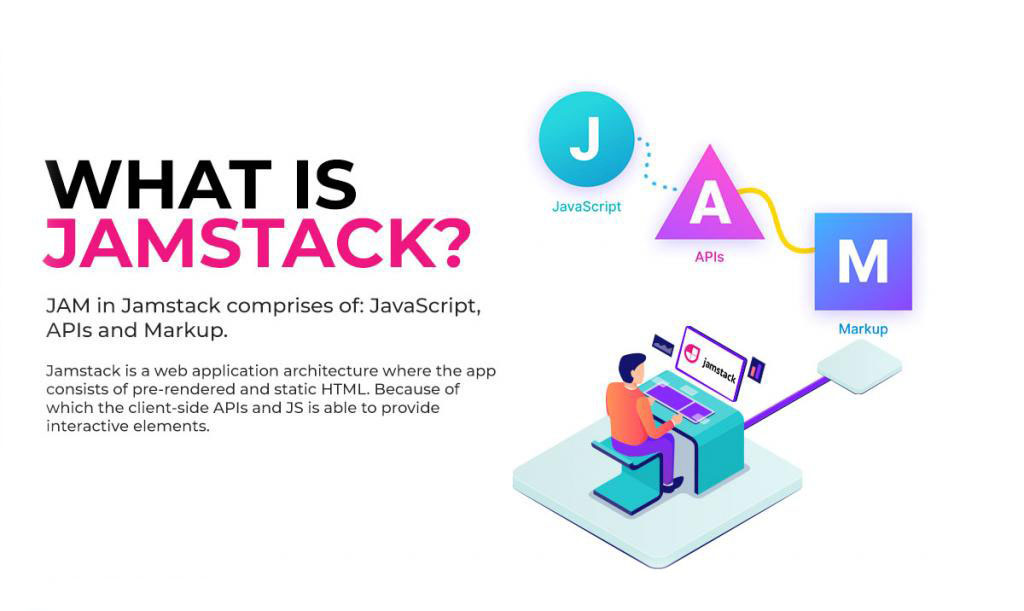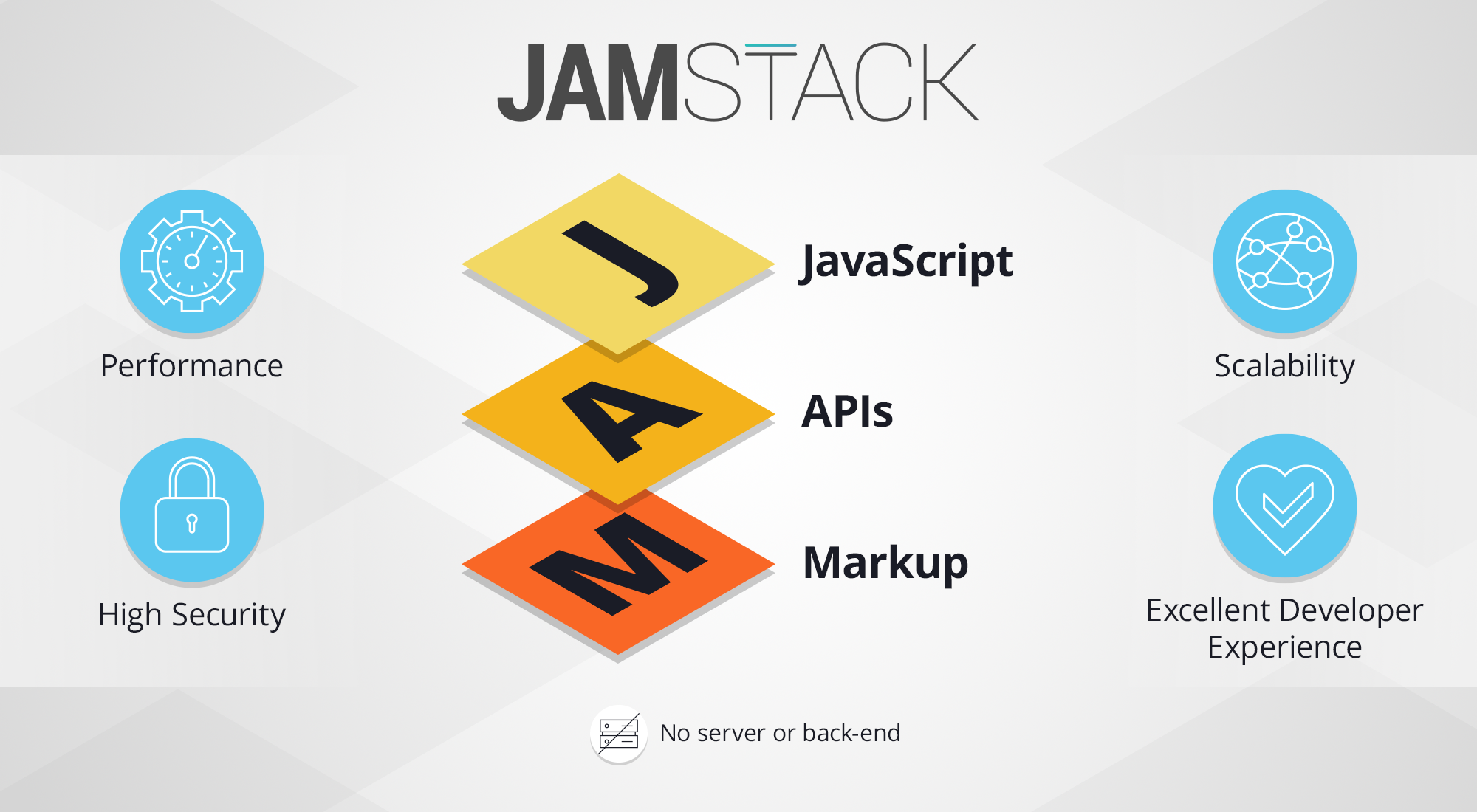Looking for a reliable software development partner?
What is AWS? An Introduction to Amazon Web Services
Jan 6, 2021

Amazon Web Services (or AWS) is a comprehensive cloud platform by e-commerce giant Amazon. It provides Software-as-a-Service (SaaS), Platform-as-a-Service (PaaS) and Infrastructure-as-a-Service (IaaS) offerings. To understand the logic of AWS, think about the evolution of electricity supply.
Initially, factories would build their own plants to power their facilities. Over time, governments and private investors constructed large power plants that would supply electricity to multiple cities, factories and homes. With this new model, factories would pay much less per unit of power thanks to the economies of scale the huge electricity plants enjoyed. AWS was conceived and has grown based on similar logic.
By 2006, Amazon had positioned itself as the world’s leading online retailer, a place it still holds to date. Seamlessly running such a massive operation required extensive and sophisticated infrastructure. This imbued Amazon with deep knowledge in the management of large scale network and server systems.
AWS was therefore launched in 2006 as Amazon sought to make available to businesses and individuals the technology infrastructure it had built and the knowledge it had acquired. AWS was one of the earliest pay-as-you-go (PAYG) computing models that could scale throughput, storage and compute based on the customer’s changing needs.
Amazon Web Services provides cloud services from tens of data centers and multiple availability zones (AZs) spread across regions of the world. Each AZ contains multiple data centers. Customers can setup virtual machines and replicate their data in multiple AZs in order to have a highly resilient system that’s resistant to a server or data center failure.

In total, AWS comprises over 100 distinct services. Before you sign up for any of them, it would be best to work with a digital transformation consultancy to ensure you subscribe to a service that’s a good match for your business needs. We cover the major AWS product categories below.
#1 Compute
This is the flagship product of Amazon Web Services. Its Elastic Compute Cloud (EC2) provides instances (virtual servers) for cloud computing capacity. EC2 has numerous instance types to choose from each of varying size and capacity. Instances are tailored to suit specific applications and workload types such as accelerated computing and memory intensive jobs.
It has auto scaling to accommodate evolving performance, capacity and system health needs. The EC2 Container Service and Registry provide images and Docker containers that customers can work with.
#2 Storage
Simple Storage Service (S3) is a scalable storage that’s ideal for archival, data backup and analytics. Files and data are stored in units referred to as S3 objects, which can be up to 5 GB in size. The objects are stored in S3 buckets for better organization. Businesses can cut their costs of S3 storage by opting for the Infrequent Access tier or, for longer-term cold storage, use Amazon Glacier.
Elastic Block Store is a service that provides persistent block storage that’s ideal for EC2 instances while the Elastic File System is a managed cloud-based storage service.
#3 Data management
The Amazon Relational Database Service provides managed data services with options for major databases including Amazon Aurora, MySQL, Oracle, PostgreSQL, SQL Server, MariaDB and (through DynamoDB) NoSQL. Customers can use DynamoDB Accelerator and Amazon ElastiCache as a cache for applications that require real-time command response.
Amazon Redshift is a data warehouse that simplifies the process of data analysis and business intelligence.

#4 Networking
Virtual Private Cloud (VPC) service gives administrators firm control over an isolated portion of AWS cloud that forms their own virtual network. Amazon Web Services provisions resources automatically within the VPC. Administrators can stay on top of network traffic with Network Load Balancer, Application Load Balancer and other load balancing tools from Amazon Web Services.
Route 53 is a domain name system that automatically routes users to respective applications. IT professionals can use AWS Direct Connect to create a dedicated connection between the AWS cloud and an on-site data center.
#5 Migration to Amazon Web Services
Many organizations that choose to subscribe to AWS already have an on-premises server setup. In cognizance of this, AWS has various services and tools to help customers move their data, databases, and applications from their on-premises servers to the public cloud. The Migration Hub for instance makes it easier to centrally oversee and monitor the migration from end to end.
Once systems and data have been successfully moved to the cloud, the EC2 Systems Manager allows the IT teams to configure AWS instances and on-premises servers. AWS has partnered with several leading technology vendors such as VMWare Cloud and Red Hat Enterprise Linux to streamline migration and hybrid deployment.
#6 Monitoring
Administrators can track and manage their AWS cloud via AWS Config, AWS Config Rules and AWS Trusted Advisor. These help IT teams avoid needlessly expensive and improperly configured cloud deployments. Administrators can also automate the process of infrastructure and system provisioning and configuration with CloudFormation templates, Chef and AWS OpsWork.
They can monitor application and resource health with CloudWatch and Personal Health Dashboard while using CloudTrail to retain user activity and API calls for later auditing. There are many more ideas on AWS monitoring including the user of third party tools.
Final word
With a clear lead over its competitors such as Microsoft Azure and Google Cloud and with millions of organizations and individuals currently leveraging the power of Amazon Web Services, offering cloud services is certainly one of the best business decisions that has Amazon made.
Insights
All The Services Rendered









